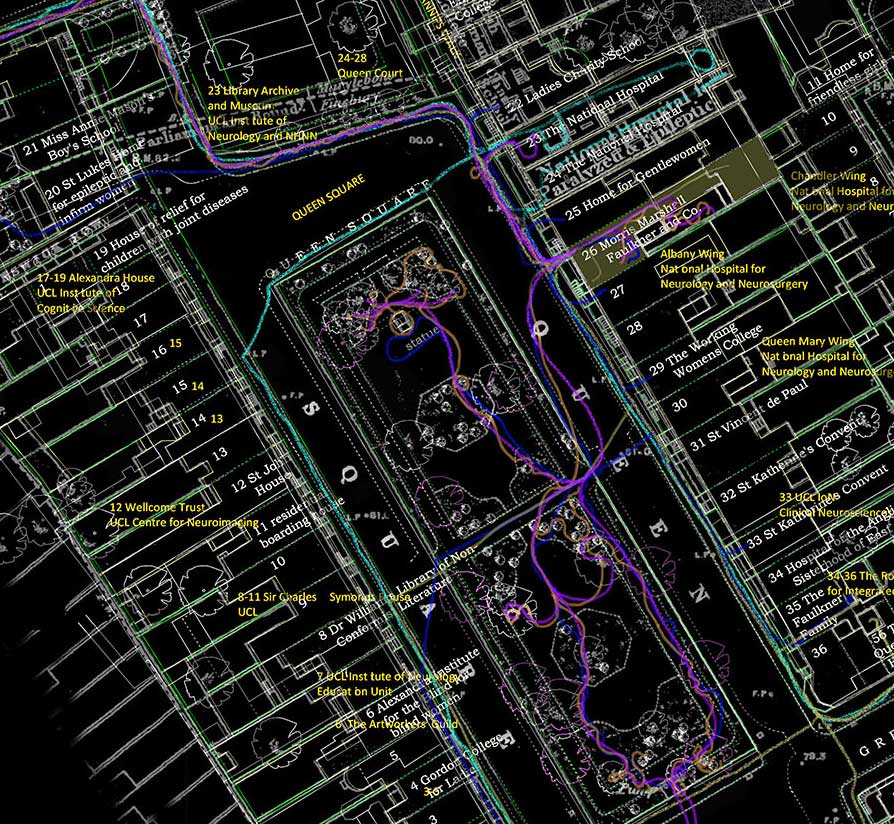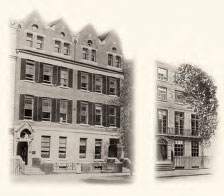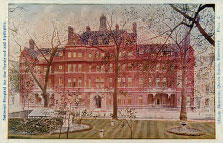‘The history of epilepsy can be summarised as 4000 years of ignorance, superstition and stigma, followed by 100 years of knowledge, superstition and stigma.’
Rajendra Kale, Bringing Epilepsy Out of the Shadows (British Medical Journal, 1997)
The story behind The Story
William Morris wrote hundreds of letters to Jenny, his eldest daughter, from the time she developed epilepsy. Over a hundred survive. But none from her to him! It’s clear from his letters that she wrote many politically, artistically informed letters in return. Who destroyed hers? Why? Because of Victorian attitudes to illness? There was great social stigma and fear attached to the condition, with epilepsy being the cause of one in four of those committed to mental institutions for life.
It was the mystery of the missing letters that started Leslie writing a novel, but as she searched for links between William Morris’s letters and Jenny’s epilepsy, she was struck by the question of why no Morris historians gave the National Hospital for Paralysis and Epilepsy more than a passing reference, or flagged up the family’s unavoidable association with Queen Square’s neurological circle, where women played an important role.
For 17 years the Morris factory and showrooms were adjacent to the National Hospital. William, Jane and their daughters lived ‘above the shop’ for the first 7 years. He maintained a bedroom and studio at Queen Square even after moving the family out -and he was still working there when Jenny developed epilepsy a few years later. Yet there are no records of her being treated there.
At that time, in Queen Square, every second house belonged to either a medical or an arts establishment. Artists, craftsmen and doctors couldn’t fail to rub shoulders. They drank at the same pubs, several doctors were skilled artists. As previously mentioned, the story and the project is not about what did happen but what might have.

Detail from Walks in Queen Square: a palimpsest of 1870 by Julia Dwyer.

Left: The National Hospital for the Paralysed and Epileptic (No 23 & 24 Queen Square); Right: No 26, William Morris’s home and workshops, c. 1866.

The National Hospital for the Paralysed and Epileptic (now called the Powis Wing).

Suitcase display from Embroidered Minds: William Gowers and the Morris Family
at the Queen Square Archive and Museum by Andrew Thomas
Where do history and story diverge in our collaboration?
Many of the lead characters in Embroidered Minds of the Morris Women are fictional - the enigmatic Dr. Q, for example. But the doctors he mentions and on whom he is based did practice at Queen Square. His wife Etta is entirely fictional as well, although her life and character dip in and out of many real women’s experiences in Queen Square, women whom the Morrises would undoubtedly have met. The letters on pages 47 and 55 of Part One are extracts from real documents; the letter and notes by Jane Morris were ‘imagined’ by the biographer Jan Marsh. The wallpapered attic consulting room where Jenny confronts Dr. Q doesn’t exist. However, part of Queen Square’s vast, world-renowned National Hospital for Neurology and Neurosurgery includes a gothic Victorian building called the Powis Wing, and on the walls of its 19th-century Boardroom is Morris-patterned wallpaper. Author Leslie Forbes had considerable inside knowledge of the Powis Wing. Built in 1882, after Morris’s workshops and the original National Hospital were knocked down, it is where her epilepsy was treated.
